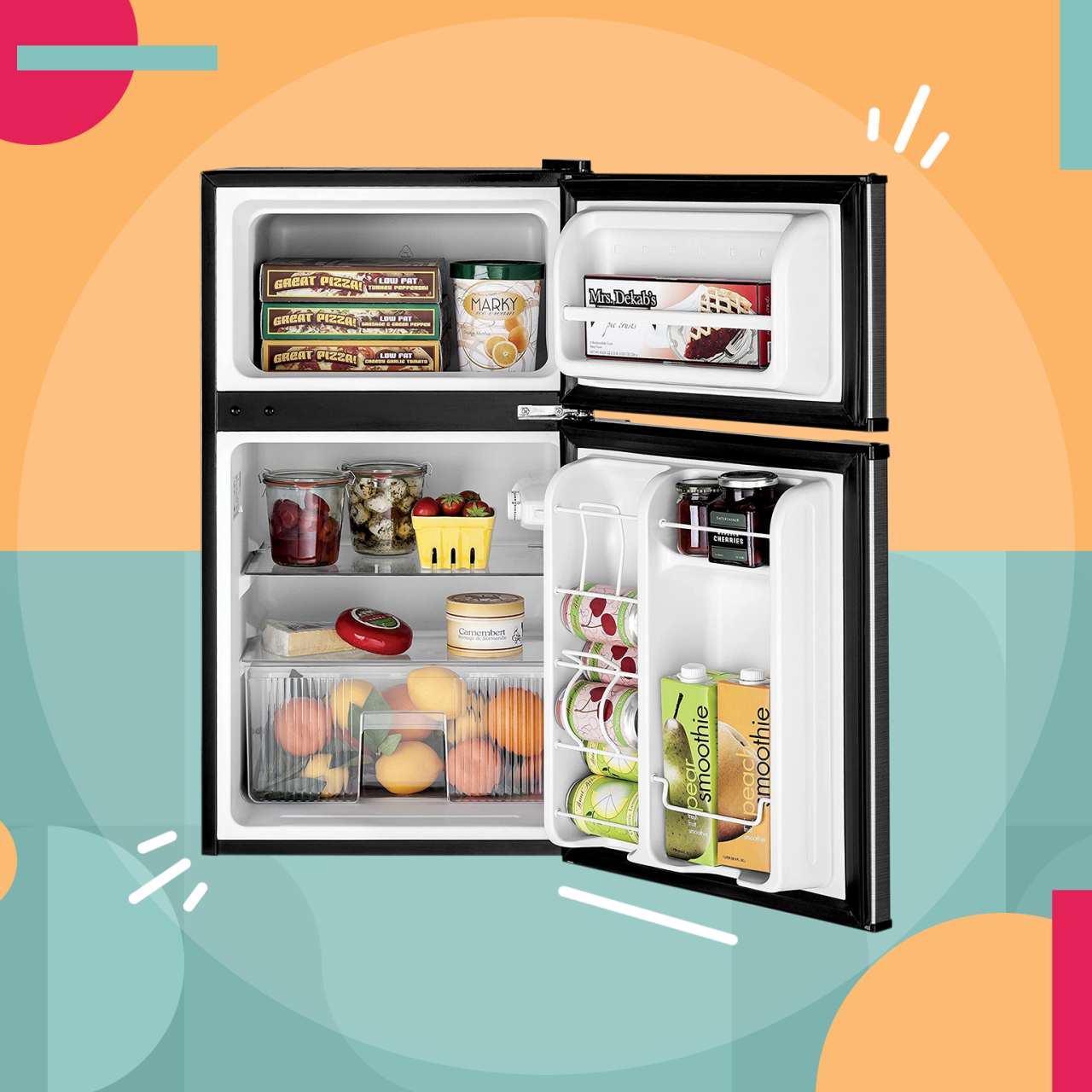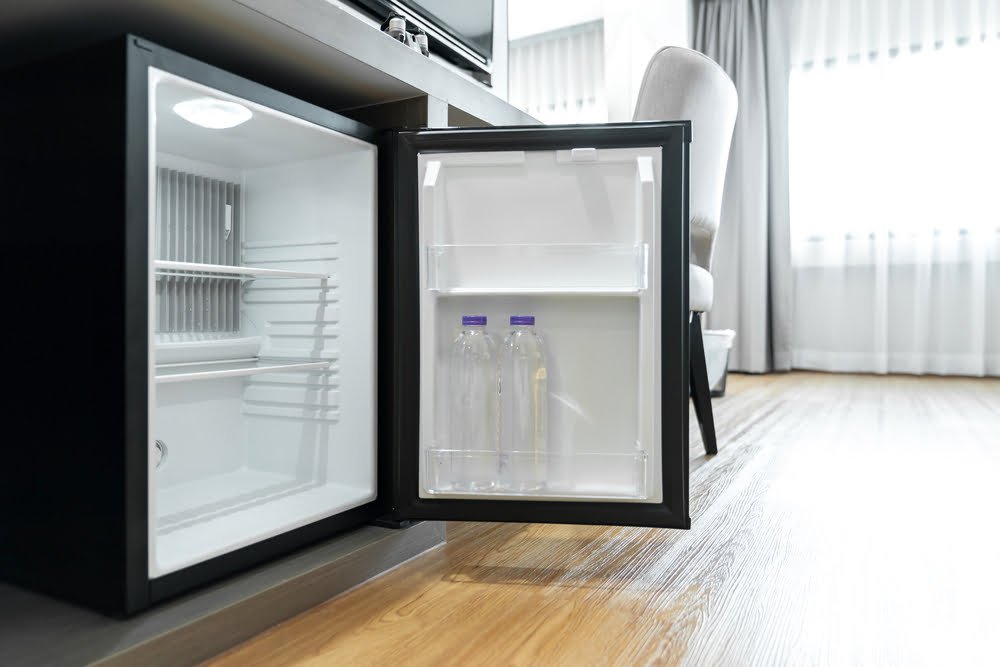Mini fridges are a convenient addition to any dorm room, office, or home entertainment area. They provide a compact solution for keeping beverages and snacks cool without taking up the space required by a full-sized refrigerator. However, before you invest in this handy appliance, it’s essential to consider not just the purchase price but also the ongoing operating costs. In this article from TheKitchenApplianceDad.com, we delve into the details of how much it costs to run a mini fridge, helping you make an informed decision.
Initial Cost:
The purchase price of a mini fridge can vary significantly depending on the brand, size, features, and energy efficiency. Generally, you can expect to pay anywhere from $50 for a basic model to over $300 for a high-end version with additional features like a freezer compartment or stainless steel finishes.
Running Costs:
While the upfront cost is a one-time expense, the running costs of a mini fridge continue for as long as you use the appliance. These costs are influenced by several factors including the fridge’s energy efficiency, how often it’s used, and your local electricity rates.

Energy efficiency plays a crucial role in determining the running cost of a mini fridge. Energy-efficient models are equipped with better insulation and more effective compressors, which help reduce the amount of energy needed to maintain cool temperatures.
Energy Star Certification:
One way to ensure you are choosing an energy-efficient model is to look for mini fridges that are Energy Star certified. These appliances meet strict energy performance standards set by the U.S. Environmental Protection Agency and use less energy than non-certified models. According to Energy Star, certified compact refrigerators use at least 10% less energy than required by federal standards. You can find more information about Energy Star ratings at Energy Star’s official website.
To calculate the running costs, you’ll need to know the wattage of your mini fridge, how many hours a day it runs, and your electricity rate.
Step-by-Step Calculation:
Example Calculation:
Let’s say your mini fridge consumes 80 watts of power, runs 24 hours a day, and the electricity rate is $0.10 per kWh.
Optimal Placement:
Keep your mini fridge in a cool, ventilated space away from heat sources like stoves or direct sunlight. Excessive external heat can cause the fridge to work harder, increasing energy consumption.
Regular Maintenance:
Ensure the fridge’s condenser coils are clean and free from dust. Dirty coils can restrict airflow and cause the fridge to use more energy.
Adjust Temperature Settings:
Set the thermostat to the lowest necessary temperature to keep your items cold. Overcooling can lead to unnecessary energy consumption.
Consider Usage:
Only keep your mini fridge plugged in and turned on when necessary. If you only use it during certain seasons or for specific occasions, consider unplugging it when it’s not in use.
Mini fridges are affordable and convenient, but it’s important to consider their running costs before making a purchase. By choosing an energy-efficient model and following best practices for usage and maintenance, you can enjoy the benefits of your mini fridge without incurring high electricity bills.
By understanding these factors, you can make a more informed decision about whether a mini fridge is the right investment for your needs, ensuring that you manage its operational costs effectively.

